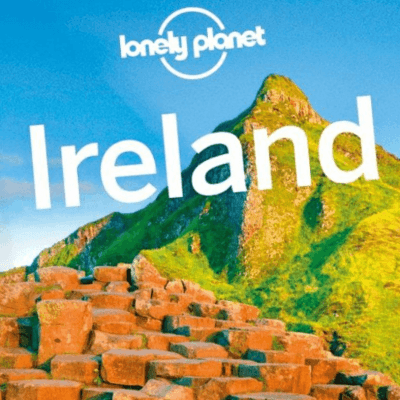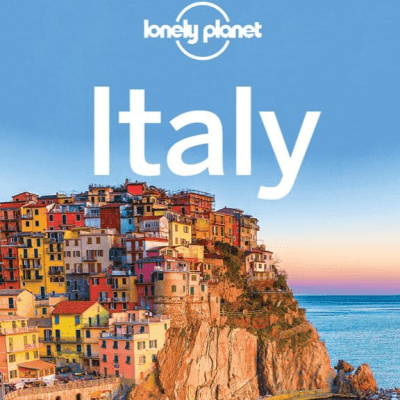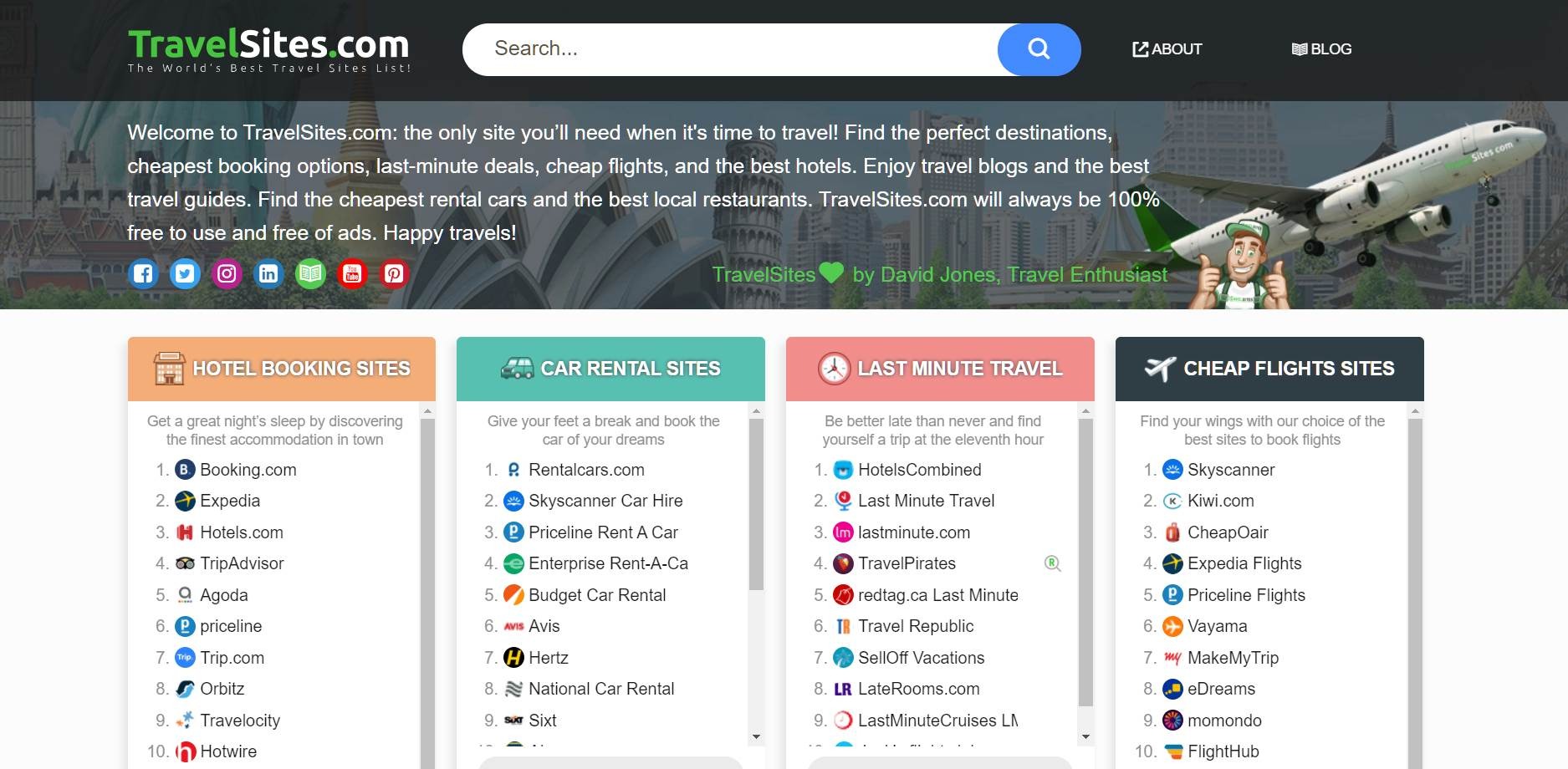Best Travel Guides
Despite all the groundbreaking technology that has appeared over the last decade that has drastically changed the way people travel, one thing that has seemed to maintain its status is the trusty guidebook. When you inevitably find yourself on your travels without connection to Wi-Fi or anywhere to charge your phone or tablet, all the wonderful apps and online blogs that you have quickly come to rely on will suddenly become obsolete. That’s where the guidebook comes in. Not only is it tangible (unless you’ve gone and downloaded the eBook version), it does not rely on the fragile reality of internet connection, can be thrown in a backpack without worry of breakage, taken to the beach, damaged by water, passed from one person to another and referred to regardless of whether you’ve remembered your myriad of charging cables or not.
With that in mind, we have compiled a list of a the top ten guidebooks from Lonely Planet, the travel guide publisher founded way back in 1972 by the Australian couple, Tony Maureen Wheeler. From Ireland to Japan, the list includes what we believe to be the most comprehensive guides available that will help you navigate through countries, cities, and rural backdrops so that you can take full advantage of your trip away. Guidebooks may not be as quick to adapt to new developments as blogs and other online resources, yet they are always well-written, thoroughly researched and produced to the highest quality, while with so many decades of experience in the industry, their recommendations are guaranteed to come from a sound source with first hand experience of the place. In creating the list, we reviewed each guidebook, picking out each one’s highlights, what makes it unique and its potential drawbacks. With so many similar guidebooks available, it can be difficult to know which one is best to refer to, hence we took into account a range of factors to ensure that only the best were selected. The pros and cons are also listed in an easy-to-read set of bullet points below each review.
One of the first factors that was reviewed when considered the travel guidebooks was the depth of content presented. A typical problem that we encountered when looking at online travel blogs was that they often only catered to only one particular type of person, for example the luxury traveller, and therefore excluded anyone who didn’t have access to the same resources. It was, therefore, imperative when looking at the guidebooks, that they appealed to all types of traveller, whether it was a family, a budget-conscious backpacker or a retired couple dipping into their pension fund. This means recommending boutique hotels and Michelin star restaurants alongside youth hostels and takeaways, while having equal knowledge of both. If travellers find that they will have to buy multiple different guidebooks due to the fact that one day they may fancy sampling the local cocktails while the next they just want a beer at a cheap bar, they will find other, perhaps less reliable, means of finding out the information, such as via TripAdvisor. In addition to budgets, the guidebooks should also cater to a range of religious beliefs, sexual orientations, dietary requirements and disabilities. It is no good to a vegetarian if all the food recommendations in a guidebook contain meat or fish, for example. Therefore, when reviewing the guidebooks, we ensured that each one had sufficient depth of content and appealed to a wide demographic, rather than favouring those on a shoestring or those with deeper pockets.
Another aspect that was considered when reviewing the guidebooks was the range of maps offered inside. As previously mentioned, an issue with an over reliance on technology is that the technology itself relies on both internet connection and being charged. If you find yourself stranded in the middle of nowhere while on a road trip with no signal, a physical map will suddenly become a very useful tool for getting you to your destination. Furthermore, in cities, a metro map or one detailing the various train routes can be of great assistance while on the move if you need to quickly find out which line to take. Having multiple mobile applications is not always convenient, especially if you want to save storage space for taking photos, therefore a printed map included with the guidebook will never go amiss. The Lonely Planet Guide to London even comes with its own pull-out map that can be put into your back pocket to save you even having to carry around the entire book. Hence, the more maps that were present in the guidebook, the better it was reviewed.
Keeping information up to date and in keeping with the latest trends was also an important feature that was assessed when reviewing the guidebooks. The way in which people travel is constantly changing, be it the method of transport, where they visit or the type of accommodation they choose to stay in. For example, in the last few years, AirBnb has become one of the most popular accommodation choices for millions of travellers, offering a cheap, unique and more flexible option than hotels and hostels. However, many guidebooks are still yet to recommend them as potential alternatives to the more traditional forms, meaning travellers could be missing out on staying somewhere interesting at a more reasonable price. Furthermore, recommendations can quickly become redundant should cafes and restaurants change their opening hours or even close down. Having a printed guidebook is great for taking with you when you know you won’t have access to the internet, yet the consequence is that it will not automatically update in the same way that a phone application or web search will. Due to that, we took into account how up-to-date the information sourced was, such as pricing of goods and services, and the addition of new roads and buildings, when reviewing each guidebook.
Finally, we looked at the size of the book, in order to assess how convenient it would be to carry around while on your travels. The issue here is that the more information included, the larger the book, particularly if it includes a number of detailed maps that take up several pages. The Lonely Planet Guide to Italy, for example, is nearly a thousand pages long, while the Spain edition is just under 900, meaning it would be very difficult to take them with you on your trip, especially as it would mean using up a significant amount of room in your luggage, not to mention weighing a lot. That being said, all the guidebooks are available as eBooks, therefore if you were hesitant about transporting the physical copies around, you could always opt for one that was downloadable for an eReader. Alternatively, the Lonely Planet Guides to London, Tokyo and Paris are far smaller as they just focus on one city, saving you from having to lug the entire country guidebook with you containing information on cities you have no intention of visiting.
Overall, this list provides a selection of the top ten travel guidebooks offered by Lonely Planet, including Japan, Scotland, Ireland, Spain and Italy. By considering all the aforementioned factors, we went through and reviewed each guidebook to make sure that we only presented the very best ones that are guaranteed to help you take full advantage of your travels away. Plan itineraries, find restaurants, discover hidden gems, learn some local phrases and more, all with these fantastic guidebooks.










